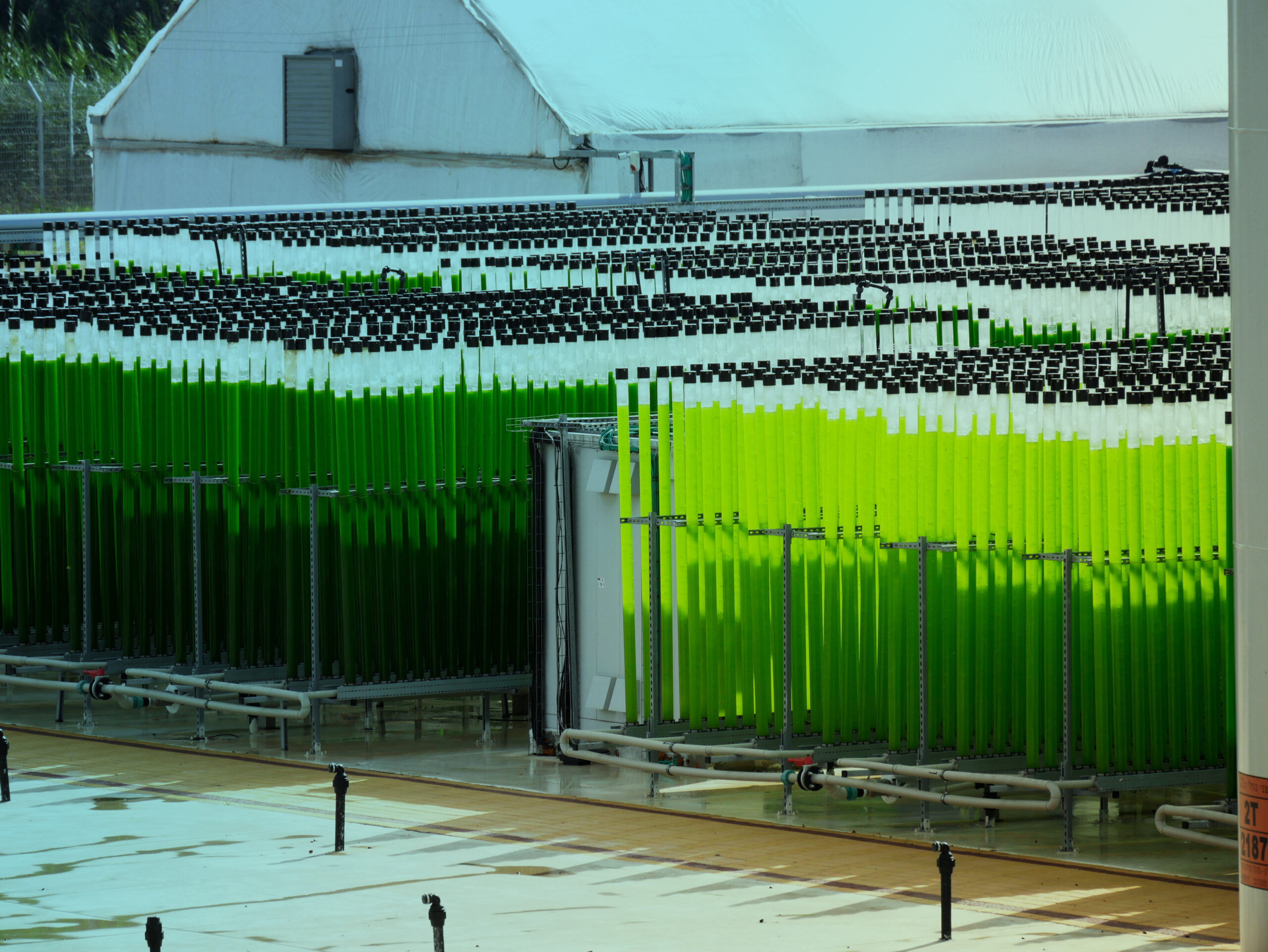
The alternative protein market—which supplies plant-or-insect-based and lab-grown protein products as options for those looking to replace animal-based proteins—is growing in size and popularity. According to Future Market Insights, the market valuation for 2023 is an estimated US $76.3 billion, and it’s projected to grow to US $423 billion by 2033.
A few factors contribute to this potentially exciting growth, and one of the main factors is consumer demand for more healthy and environmentally sustainable food options. Gregory Banzon, the COO and Executive VP of Century Pacific Food, penned an opinion piece for FoodDive about this trend, pointing to a study that finds that “nearly 72 million households in the U.S. are flexitarian,” which is a “plant-forward diet that incorporates dairy and eggs and allows room for meat occasionally.”
In addition to the plant-based trend (and by extension, heightened interest in cultivated meat products), larger, big-name traditional companies (e.g., Tyson Foods, Nestle and Perdue Farms) are jumping into the market. Bright Green Partners, a leading alternative protein consulting house, notes that traditional companies are getting into the alternative protein game because they see alternative protein as a way to generate more revenue. They also believe it will aid them in appealing to young consumers, protect their brand’s reputation regarding environmental concerns and more.
Whatever the reasons for its growth, the alternative protein market is here to stay, and it’s poised for explosive growth. But success never comes without a few challenges.
Let’s look at some of these challenges and highlight how modern food software can help F&B manufacturers overcome them.
Alternative Protein Market Challenges
For F&B manufacturers, the last few years have been rough. Labor shortages, supply chain disruptions and inflation have forced them to find creative ways to maximize productivity while operating with less.
Manufacturers within the alternative protein market struggle with these challenges as well as a slew of challenges specific to their new industry. Such challenges include:
- Sourcing the right ingredients that provide enough protein.
- Creating a product that appeals to consumers’ taste and texture preferences.
- Securing capital.
- Finding skilled labor.
- Complying with evolving regulations, including labeling laws.
- Providing a high-quality, high-protein product that is safe and cost effective.
And perhaps the biggest challenge of all is grappling with research and development (R&D), production and supply chain concerns. As a relatively new industry, methods of production and product creation within the alternative protein market are constantly being developed, which means manufacturers need comprehensive food software—like FoodBusiness ERP—to help them stay on top of their evolving needs.
Navigating R&D, Processing and Supply Chain Operation Concerns
Built in Sage X3 and implemented by NexTec food and beverage experts, FoodBusiness ERP provides the features and functionalities manufacturers can use to meet their challenges head on. Here are three specific examples:
1. Product Development
Developing a new product isn’t easy, but ERP software simplifies the process. For example, the software streamlines the entire R&D process by logging developmental progress, tracking product versions, managing documents and costs, and automating recipe management and ingredient amounts so R&D teams can compare, test and process new formulas. Additionally, FoodBusiness ERP allows for intense testing measures and offers complete quality and compliance functionalities.
2. Production
Like product development, producing the product is a complex endeavor. But also like product development, FoodBusiness ERP can help make it less complicated.
With FoodBusiness ERP, F&B manufacturers have an effective management tool that covers their production needs, including:
- Bills of material (BOM).
- Production costing (e.g., labor, production, overhead, profitability, etc.).
- Regulatory compliance for tracking ingredients/formulations.
3. Supply Chain
Ongoing supply chain issues affect every F&B manufacturer, but the good news is that they can be addressed with food business software. The software can aid manufacturers in tracking historical supplier data, certifications and lead times while also helping them analyze the centralized information in order to source the best suppliers and vendors.
Using ERP Software to Get Ahead
The alternative protein market is a money-making and sustainability-minded opportunity for F&B manufacturers—but they’ll need the right technology to succeed. FoodBusiness ERP is that technology, and customer Joseph Wiley, MIS Director, Elmer Candy, agrees.
“The entire system will pay for itself within one season,” says Wiley. “The savings are visible and measurable. Through labor savings, quicker turnaround, improved accuracy, strategic purchasing, and streamlined processes, we are in a position to grow the business 10 to 15 percent without adding additional resources.”
He adds, “We are positioned to fully transform our business, and NexTec Group is leading the way. We have additional initiatives in the works that we are confident will allow us to continue to grow and improve while remaining lean and efficient.”To learn more about how FoodBusiness ERP and NexTec can help manufacturers in the alternative protein market succeed, contact us today. We’d love to chat.

